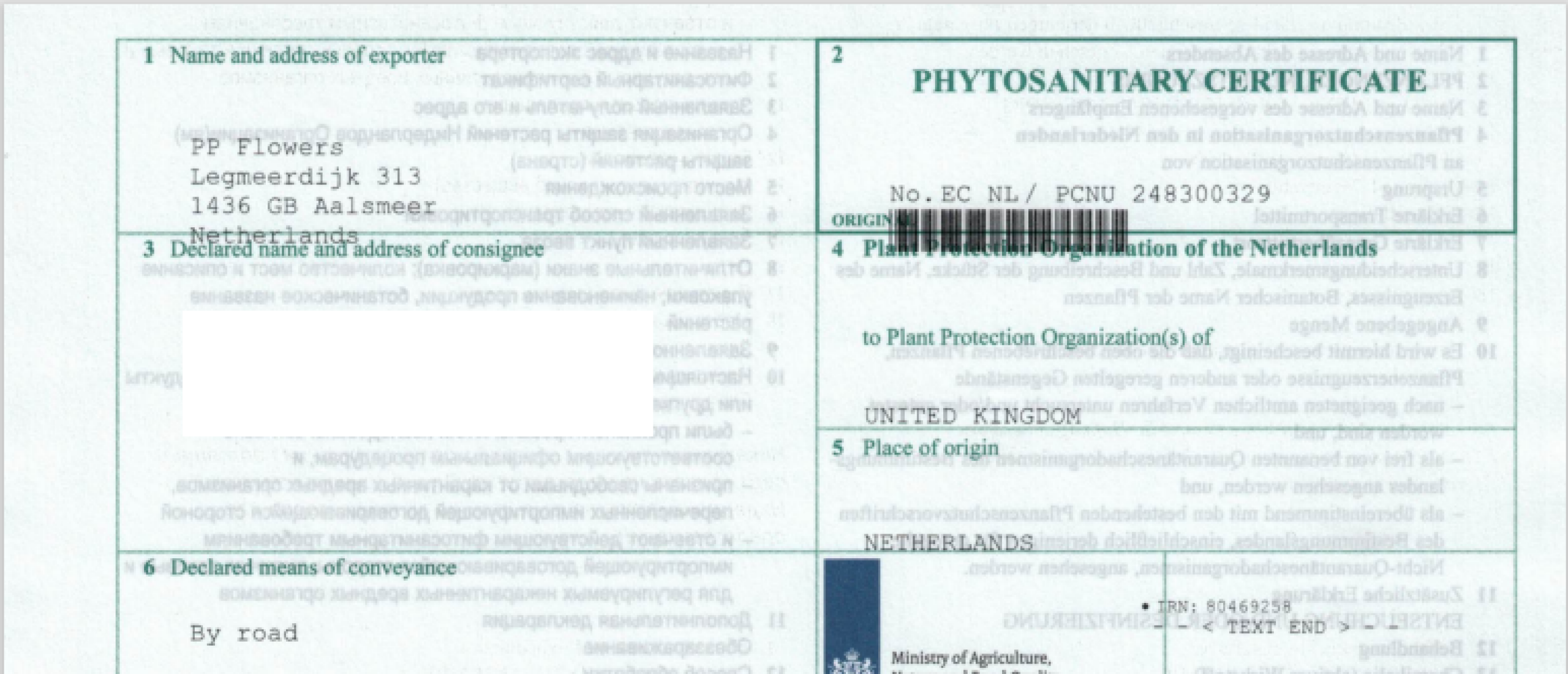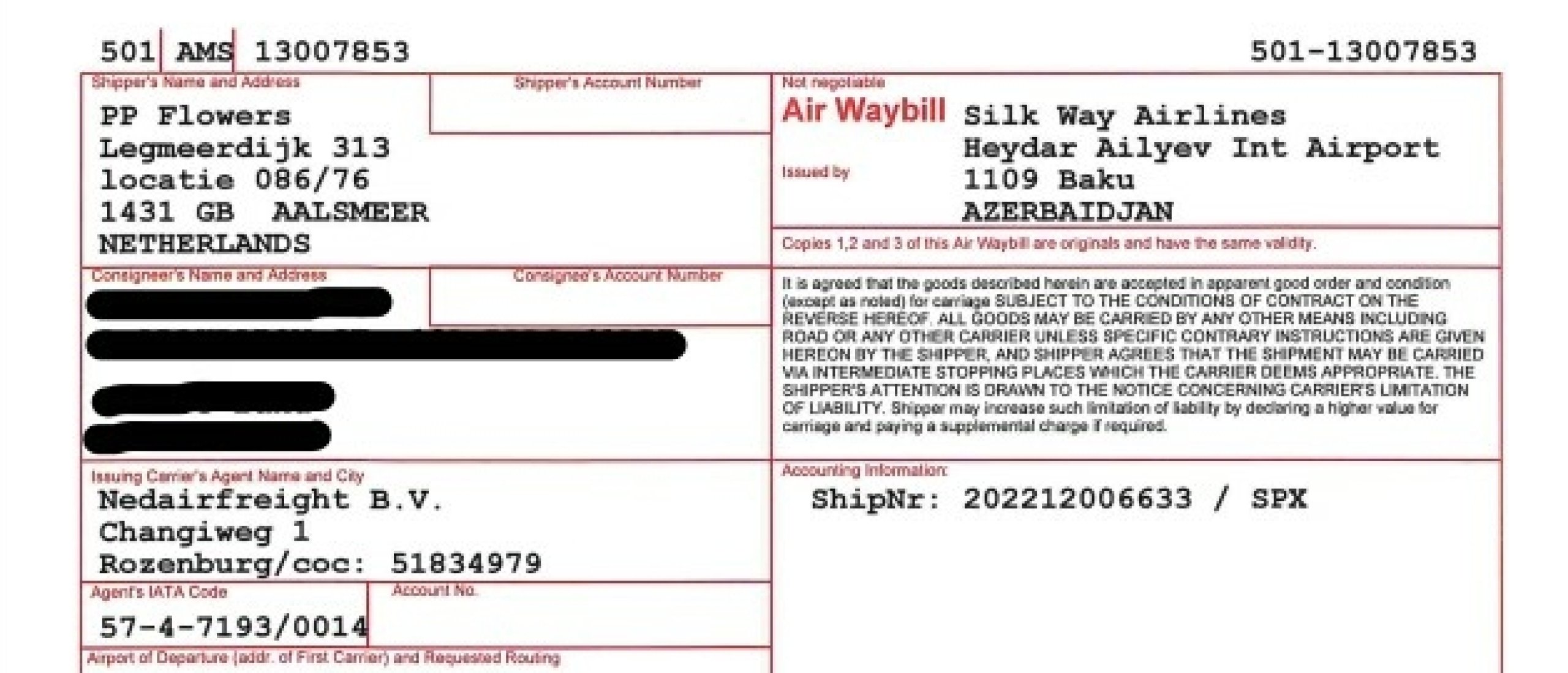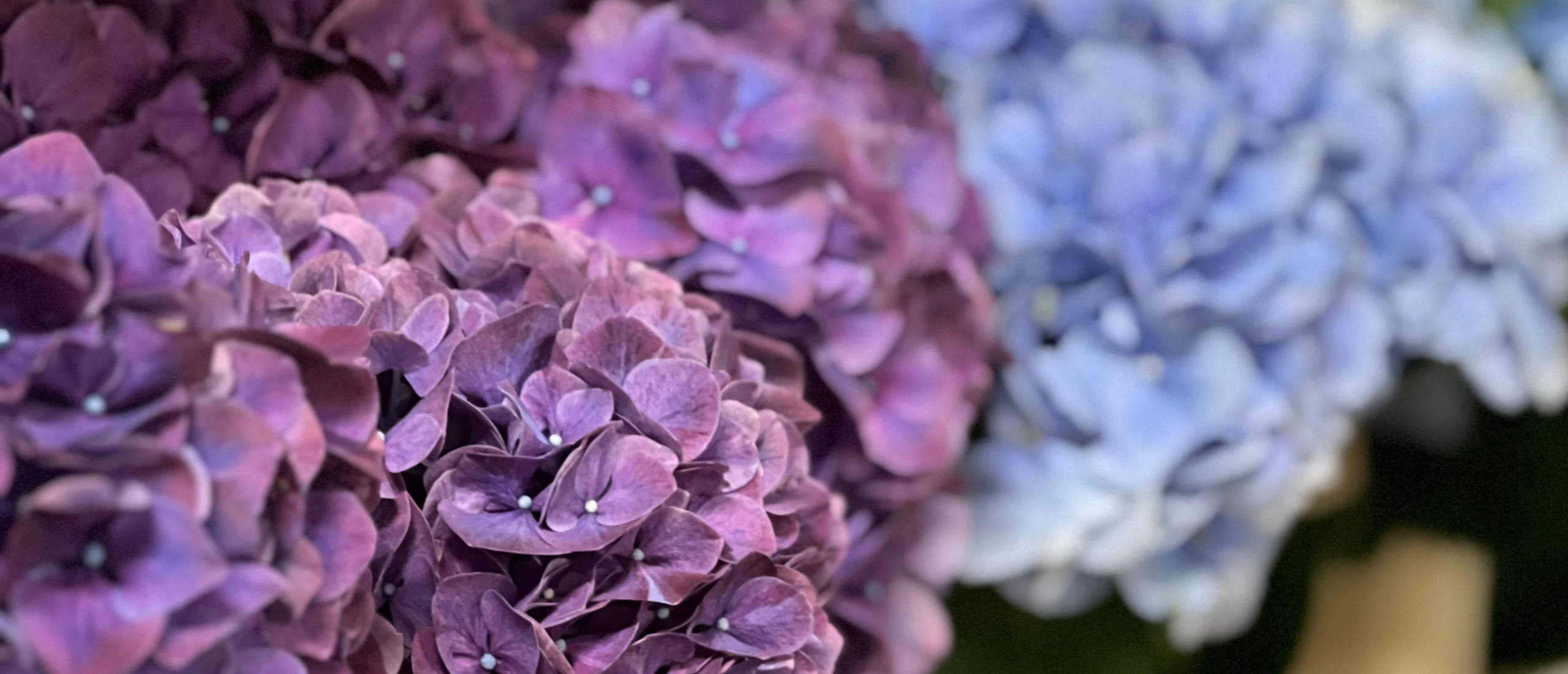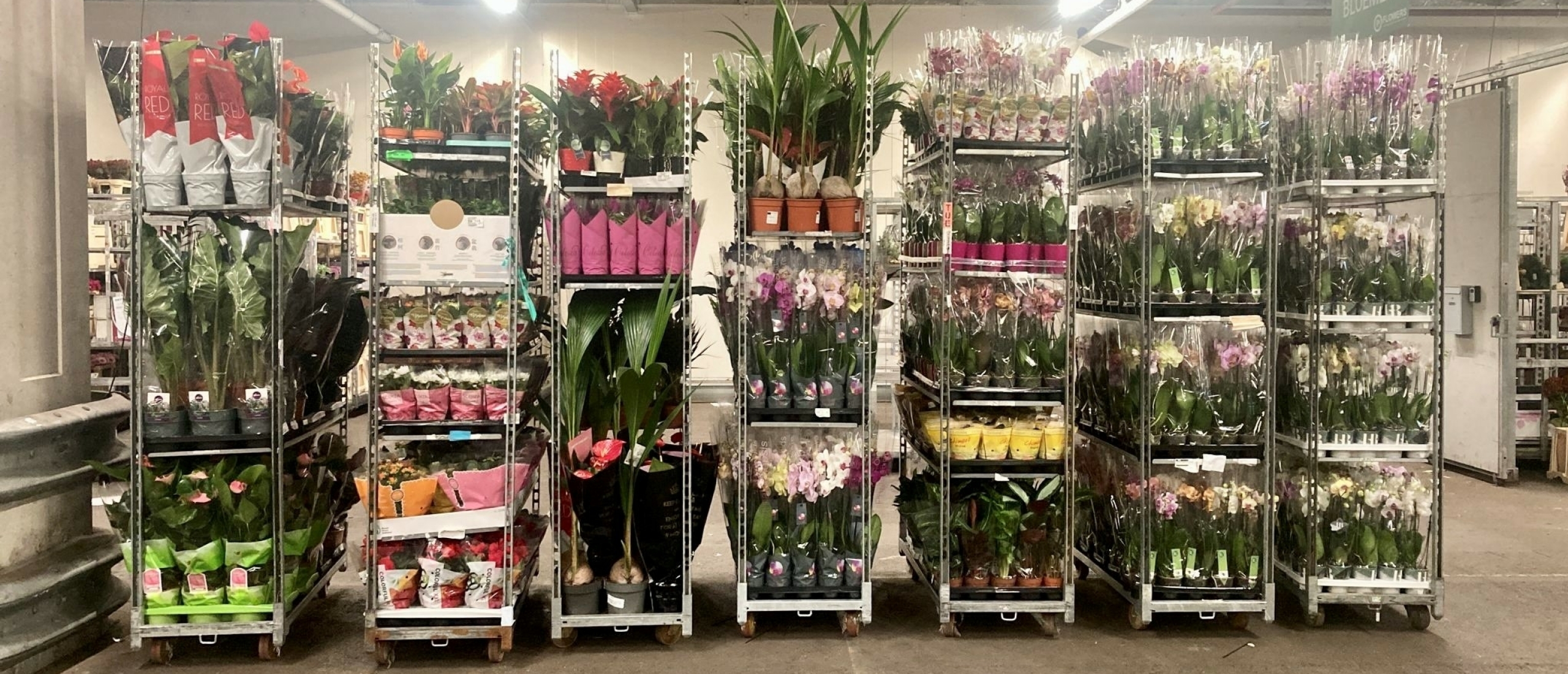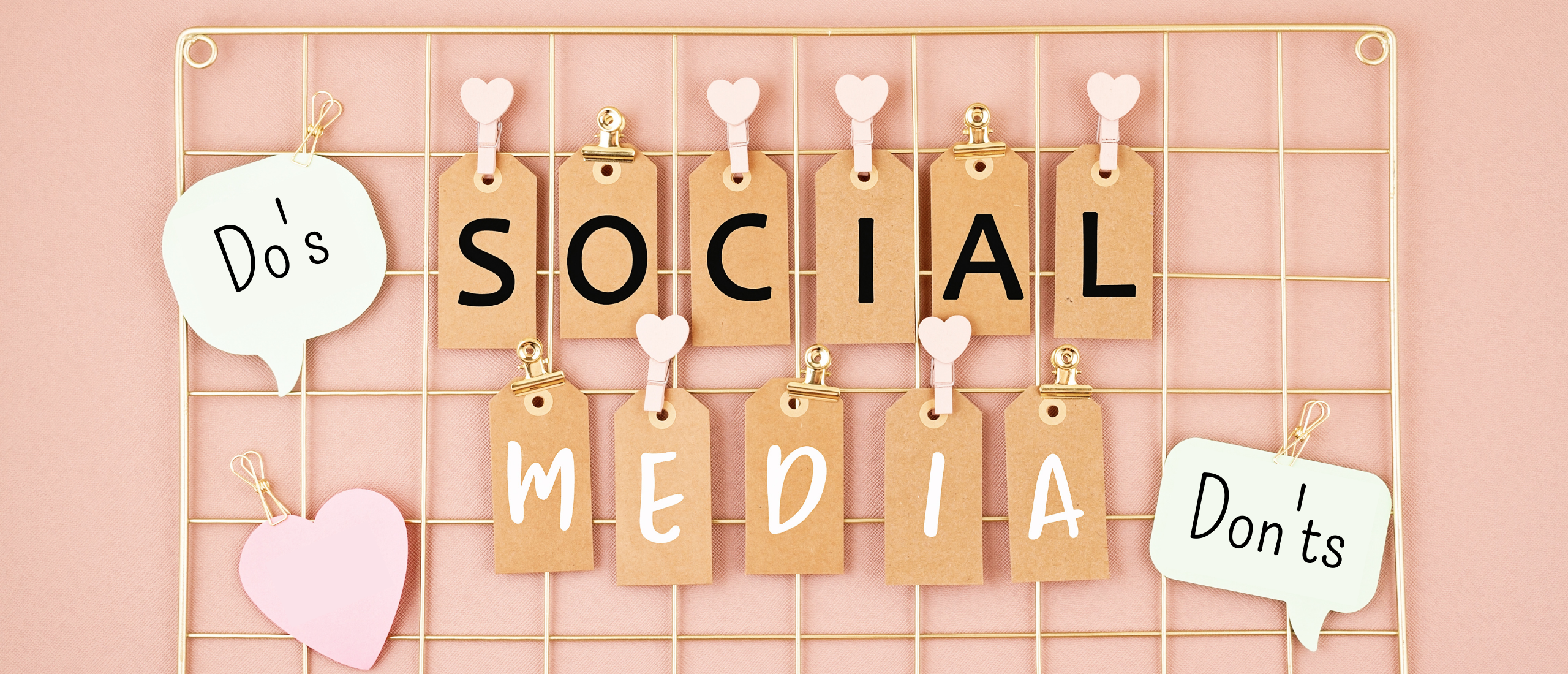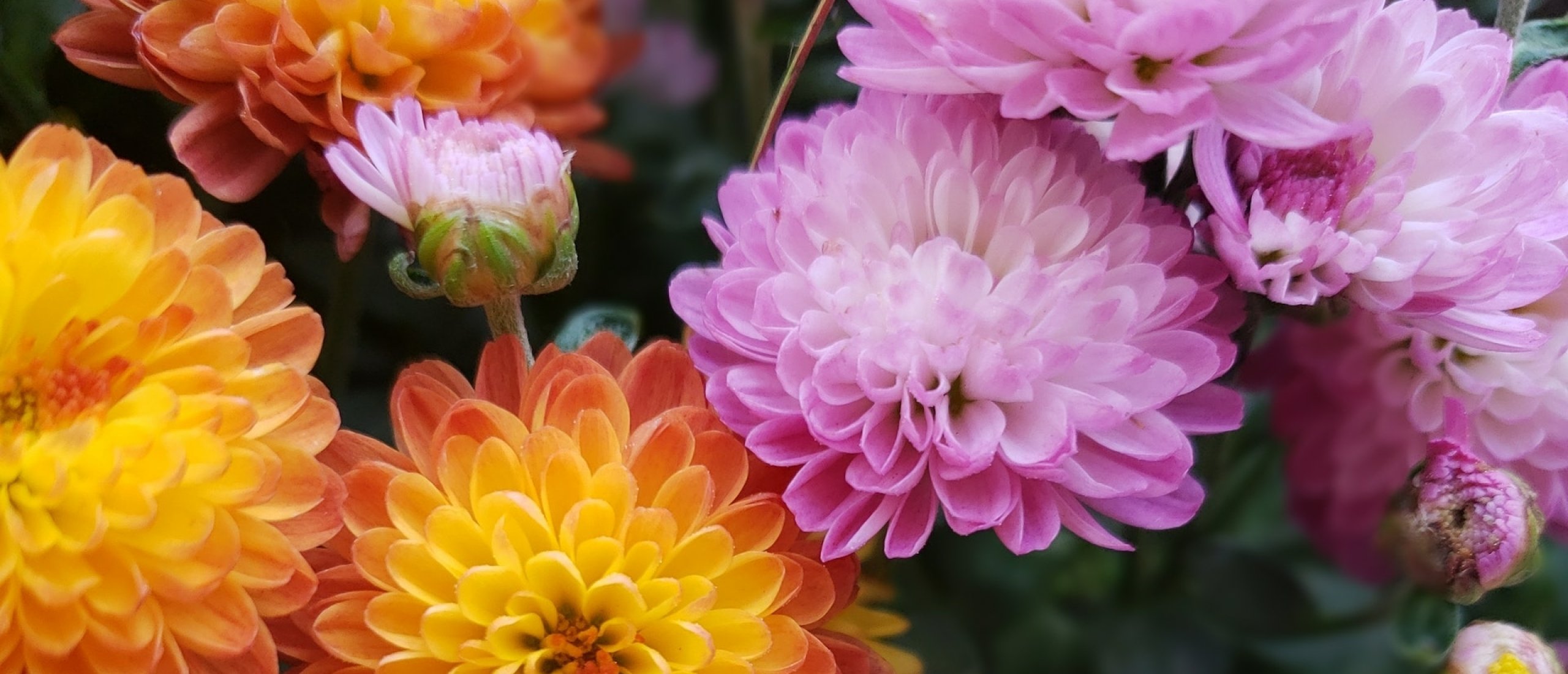
Social Media: How does hashtags work?
In the world of social media, hashtags are small yet powerful tools that can help you get your posts on the radar of a broader audience. But how do they actually work? In this article, we'll delve into what hashtags are, why they're useful, and how you can discover which hashtags work for you. We'll also explore the mysterious world of banned hashtags and how they can impact your social media performance.
What Are Hashtags?
Let's start with the basics: what are hashtags? Simply put, hashtags are words or phrases preceded by the # symbol. They are used to categorize and label posts on social media platforms. When you add a hashtag to your post, you make it easier for others to find your content, especially if they are searching for specific topics or interests.
Why Are Hashtags Useful?
Hashtags are like signposts on the highway of social media. They guide people to your content, even if they don't follow your account yet. This means more visibility and potential for new followers or engagement with your posts. Particularly for engagement, it can be very useful; since someone is specifically searching for a topic, the likelihood is significantly higher that they are genuinely interested in your post. However, it's essential to use specific hashtags that align with your content.
How to Choose the Right Hashtags?
Finding the right hashtags is akin to selecting the right ingredients for a recipe. It starts with an understanding of your audience and your content. Research which hashtags are popular within your niche and relevant to your post. Experiment and discover which combinations work best for your content. These 12 tips can assist you in choosing the right hashtags:
- Understand Your Audience: Think about who you want to reach. What are their interests? What keywords might they use to search for content like yours?
- Research Competitors and Influencers: See what hashtags your competitors or influencers in your industry use. This can help you identify relevant hashtags.
- Use Industry-Specific Hashtags: There are often hashtags specific to your industry or niche. These can be highly effective in showcasing your content to the right audience.
- Utilize Popular Hashtags: Popular hashtags can help you gain more visibility, but they can also be highly competitive. Use a mix of popular and less popular hashtags to increase your chances.
- Short and Long Hashtags: Combine short and long hashtags. Short ones are often more general, while longer ones can be more specific.
- Local Hashtags: If you have a local business, use hashtags specific to your city or region.
- Consider Seasonality: If your content is seasonal, use hashtags relevant to that season.
- Create Your Own Hashtags: Consider creating a unique hashtag that represents your brand. Encourage your followers to use it.
- Hashtag Trends: Some hashtags become popular trends. It can be beneficial to stay informed about these trends and use them when relevant to your content.
- Stay Updated: Social media platforms can change their hashtag policies. Make sure to stay informed about any restrictions or changes in hashtag usage.
- Use Hashtag Tools: There are online tools like Hashtagify or RiteTag designed to help you find relevant hashtags for your content.
- Test and Measure: Try different hashtags and measure which ones work best in terms of reach and engagement. Adjust your strategy based on the results.
The Dark Side of Hashtags: Banned Hashtags
You can't just use any hashtag; some can get you into trouble. There are so-called "banned" hashtags, meaning they've been prohibited by the social media platform due to inappropriate or harmful content. Even "innocent hashtags" can be banned if they're frequently misused by users. If you use banned hashtags, it can result in reduced visibility for your posts, restrictions on your account, or even temporary suspensions. Therefore, it's wise to research hashtags before using them. There are several ways to find out if a hashtag is banned:
- Manual Search: Enter the hashtag into the search bar of the social media platform and check the results. If no results are displayed or if you notice strange or inappropriate content, it could indicate that the hashtag is banned.
- Online Research: There are websites and platforms that maintain lists of banned hashtags. Simply search on the internet with the hashtag you want to check, along with the words "banned" or "restricted." This can help you see if others have experienced issues with this hashtag.
- Social Media Updates: Social media platforms like Instagram occasionally release updates about banned hashtags. These updates may contain official statements about which hashtags are no longer allowed. Keep an eye on the platform's official blogs or updates for announcements regarding banned hashtags.
- Hashtag Tracking Tools: There are tools available specifically designed to track the status of hashtags. These tools can tell you whether a hashtag is currently banned or not.
Keep in mind that social media platforms regularly update their policies, so a hashtag that's banned today might be allowed in the future. It's essential to stay up-to-date and be aware of the platform's guidelines to avoid issues.
Conclusion
Hashtags are valuable tools in your social media toolkit, helping you reach a wider audience and engage with users interested in your content. Understanding how to use hashtags effectively and being aware of banned hashtags is crucial for successful social media marketing. So, let's tackle this challenge together and let's share our passion!
This article is part of the Social Media Challenge for Florists.

